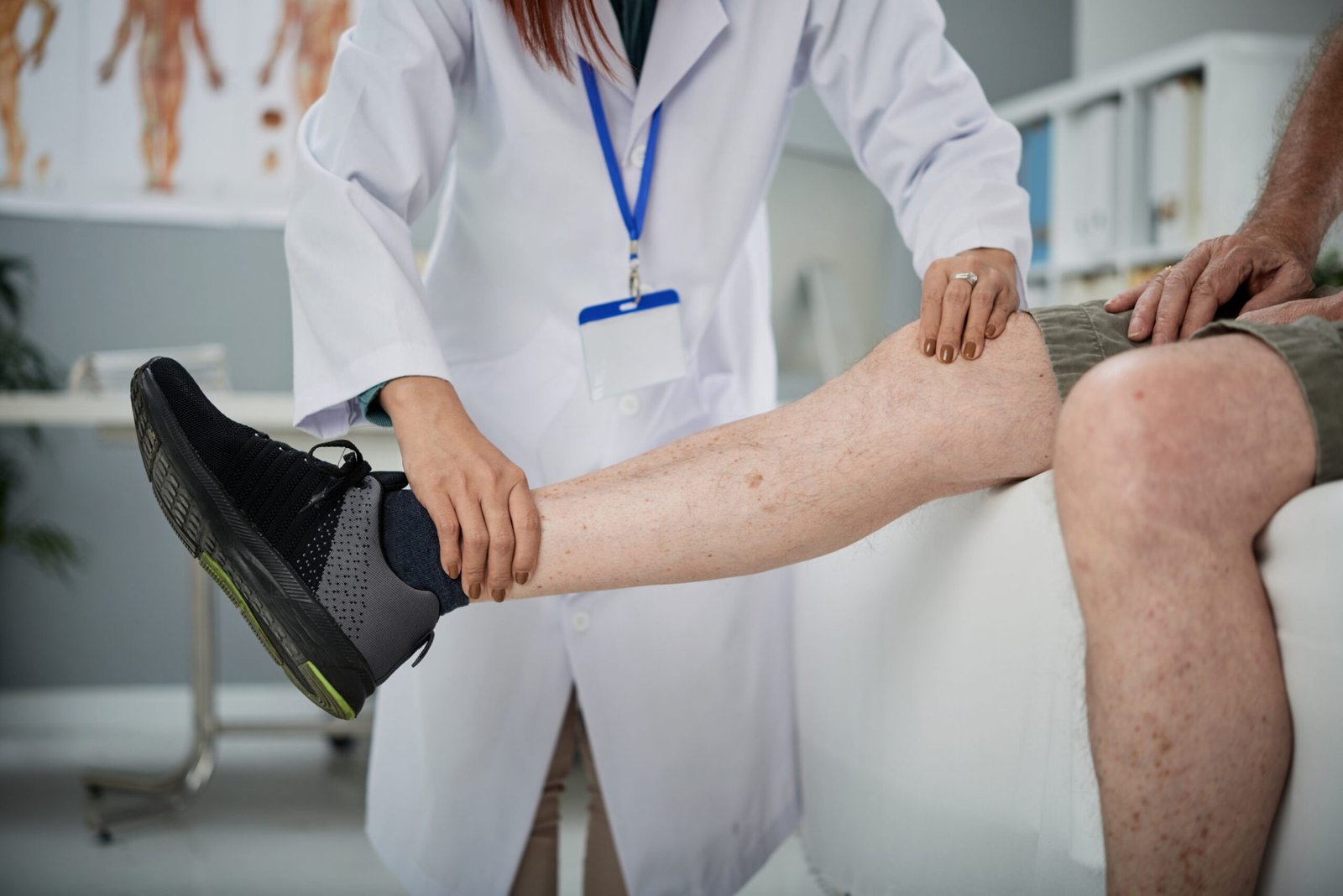Introduction to Peripheral Vascular Disease (PVD) Peripheral Vascular Disease, abbreviated as PVD, is a common circulatory condition that affects the blood vessels outside of the heart and brain. It is characterized by the narrowing or blockage of blood vessels, primarily arteries, leading to reduced blood flow to the extremities such as the legs and arms. PVD is coded under the International Classification of Diseases, 10th Revision (ICD-10) as I73.9, which falls under the broader category of cardiovascular diseases.

Causes and Risk Factors
PVD typically develops due to atherosclerosis, a condition where fatty deposits (plaques) accumulate on the inner walls of arteries. Over time, these plaques can narrow or completely block blood flow, leading to various symptoms. Several risk factors increase the likelihood of developing PVD, including:
- Smoking: Tobacco use is a major risk factor for PVD as it damages blood vessels and accelerates atherosclerosis.
- Diabetes: High blood sugar levels can harm blood vessels and increase the risk of PVD.
- Hypertension (High Blood Pressure): Elevated blood pressure can damage arteries, making them more susceptible to plaque buildup.
- High Cholesterol: Elevated levels of LDL (bad) cholesterol can contribute to plaque formation.
- Age: PVD becomes more common with age, particularly in individuals over 50.
- Family History: A family history of cardiovascular diseases can increase the risk.
- Obesity: Excess weight puts added stress on the circulatory system, raising the risk of PVD.
Symptoms
The symptoms of PVD can vary depending on the severity and location of the affected blood vessels. Common symptoms include:
- Leg pain (claudication) during physical activity, which improves with rest.
- Cold or numb extremities.
- Weakness in the legs or arms.
- Sores or wounds on the feet or legs that heal slowly or not at all.
- Changes in skin color, such as paleness or blueness.
- Erectile dysfunction in men.
- Hair loss or slow hair growth on the legs.
Diagnosis
Diagnosing PVD involves a combination of medical history assessment, physical examination, and various diagnostic tests, such as:
- Ankle-Brachial Index (ABI): This test measures blood pressure in the arms and ankles to assess the blood flow in the extremities.
- Doppler Ultrasound: This imaging technique uses sound waves to create images of blood flow in the arteries.
- Angiography: A contrast dye is injected into the blood vessels, allowing for X-ray imaging of blood flow.
- CT or MRI Angiography: These imaging methods provide detailed pictures of blood vessels.
- Blood Tests: Cholesterol levels and blood sugar tests can help assess cardiovascular risk factors.
Treatment
The treatment of PVD aims to alleviate symptoms, slow disease progression, and reduce the risk of complications. Treatment options include:
- Lifestyle Modifications: Quitting smoking, adopting a heart-healthy diet, and engaging in regular exercise can improve blood flow and overall cardiovascular health.
- Medications: Physicians may prescribe medications to control blood pressure, cholesterol, and blood sugar levels.
- Antiplatelet Agents: Medications like aspirin or clopidogrel may be recommended to reduce the risk of blood clots.
- Angioplasty and Stenting: In severe cases, a minimally invasive procedure called angioplasty may be performed to open blocked arteries and place a stent to keep them open.
- Bypass Surgery: For complex cases, surgical bypass procedures may be necessary to reroute blood flow around blocked arteries.
Prognosis and Complications With early diagnosis and appropriate management, individuals with PVD can lead fulfilling lives. However, if left untreated, PVD can lead to severe complications, including:
- Critical Limb Ischemia: Severe blockages can lead to tissue death (gangrene) and limb amputation.
- Stroke or Heart Attack: PVD increases the risk of clot formation, which can lead to stroke or heart attack.
- Infections: Poor circulation can make it difficult for the body to fight infections, particularly in the extremities.
- Reduced Quality of Life: Pain and mobility issues can significantly affect one’s daily life.
Prevention Preventing PVD involves managing risk factors and maintaining a heart-healthy lifestyle. Key prevention strategies include:
- Smoking cessation.
- Regular physical activity.
- A balanced diet low in saturated fats and high in fruits, vegetables, and whole grains.
- Blood pressure and cholesterol management.
- Regular medical check-ups, especially for those with risk factors.
Conclusion
Peripheral Vascular Disease (ICD-10: I73.9) is a vascular condition that affects blood circulation in the extremities. Early diagnosis, lifestyle changes, and appropriate medical management can significantly improve the quality of life for individuals with PVD. Understanding the causes, symptoms, and treatment options is essential for both prevention and effective management of this condition. If you suspect you may have PVD or are at risk, consult with a healthcare professional for guidance and evaluation.







